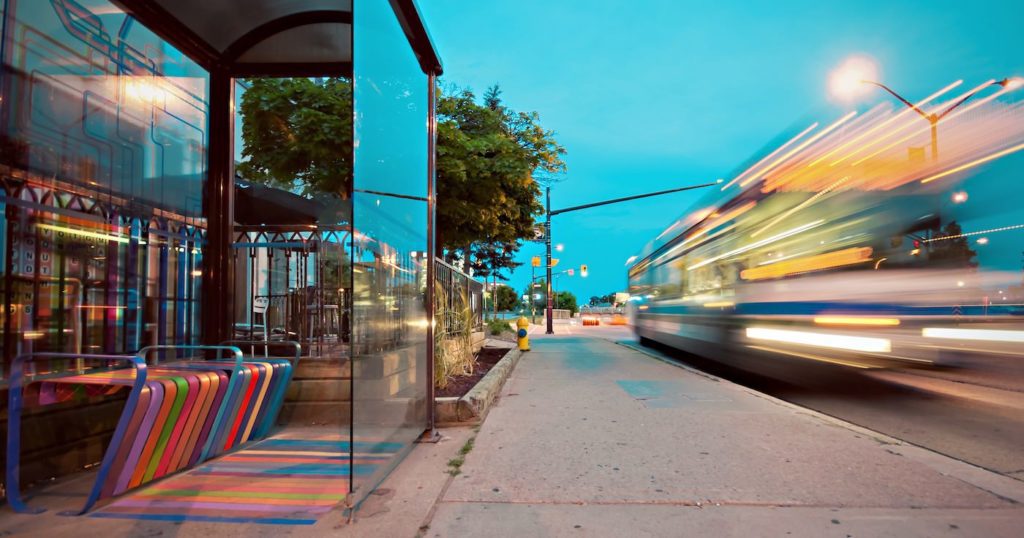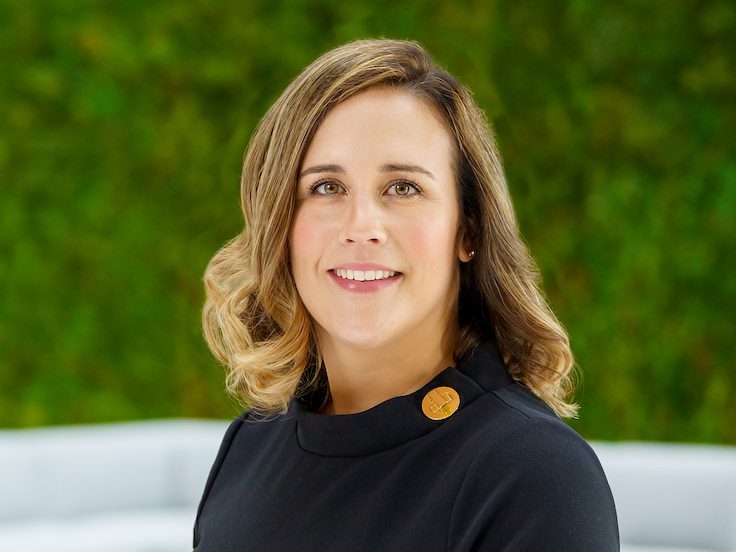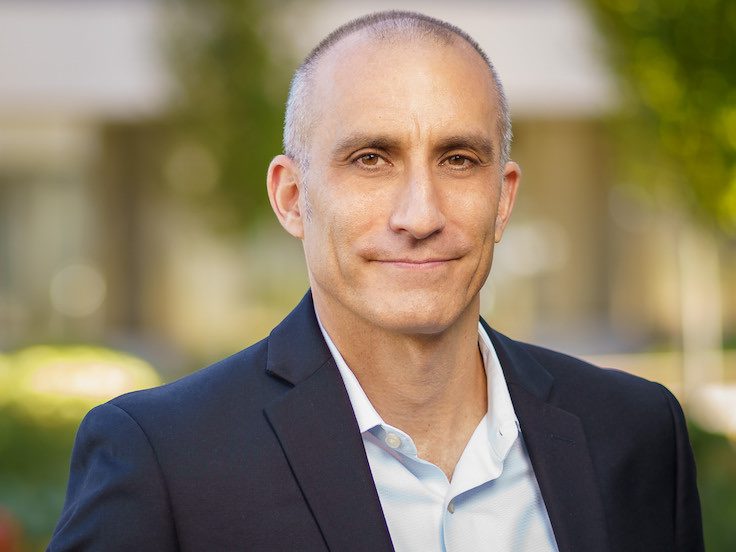Create More Transportation Choices
Create More Transportation Choices for Your Community and Property
The market is increasingly demanding more transportation choices. Who is “the market”? Well, everyone:
- property owners and developers
- residential tenants
- commuters and office workers
- students, staff, and parents at educational institutions
- retail shoppers and tourists
Developing a greater variety of transportation options is of concern to those who serve these individuals – including property managers, architects, land use attorneys, university administrators, TDM professionals, and public officials.
And, during Covid-19, integrating best practices can provide tenants and commuters with safer transportation options, too.

Steps to Creating More Transportation Choices
So, while creating more transportation options is of concern to most everyone, the bigger question is: How do you achieve more multimodal environment? In our experience, the process usually follows a pattern:
- Awareness: realizing that certain transportation options are viable
- Analysis of the current situation: assessment of the property and the surrounding area
- Surveys of tenants and commuters: understanding demographics and aspirations
- Traffic analyses including traffic patterns, traffic counts, and multimodal analysis
- Recommendations that include insight from traffic engineers, transportation planners, and TDM specialists
1. Awareness: Be Open to New Transportation Ideas
When developing a more sustainable transportation system, some transportation choices might seem obvious, such as formally connecting a property to new bike paths or rethinking access to transit.
Other transportation options may not seem so apparent, but reworking shuttle bus routes based on rider analysis, incorporating rideshare benefits, creating a corporate carpool program, piloting an alternate work schedule program, installing electronic and cloud-based transit information systems, and building bicycle facilities, for example, are ways that can turn an ’80s-style campus or property into a more attractive investment.
Tenants, property managers, and developers alike find that transportation amenities improve property value and tenant experiences.
2. Analysis of the Current Situation
A property that may have been fed by only single-occupancy vehicle commuters may have changed over the years. New transit lines and retail properties, along with bike lanes and transit stops, might be closer than you think. In these cases, transportation planners and engineers can take a trained eye and see other transportation options that normally aren’t top of mind. In some cases, a limited build-out of transportation networks, lanes, and signage can lead to more choices for a property’s tenants or workers.
3. Tenant and Commuter Surveys
What is really on the minds of your tenants? There’s nothing quite like asking them using a scientific yet friendly approach. Oftentimes, aspirations are left unspoken until they are asked.
What is probably most important about asking tenants what additional resources they would like or what is missing, is that the facilities and services that current tenants desire are often what prospective tenants are searching for. In other words, tenant and commuter surveys can be an integral part of the market research needed to optimize success.
4. Traffic and Multimodal Analysis
How much traffic is actually coming in to your property? What is the forecast for traffic flows in your area? What are the rush hour pain points? Could transit help you replace parking with other facilities?
Questions like these not only need to be asked, but the data needs to be obtained. Our traffic engineers are skilled in developing accurate trip count data and forecasts to help property owners and developers understand exactly what is and will be happening, transportation-wise, around their property. The best decisions are made with the benefit of data and traffic analysis.
5. Traffic Engineering and Transportation Demand Management Recommendations
After working through the above disciplines, a clearer picture emerges on how a property’s transportation system can be modernized and better able to meet the market’s desire for more transportation options.
Our traffic engineers, transportation planners, and transportation demand management specialists conceptualize, develop, and execute the build-out of better transportation systems. All of which serves the tenant and commuter of the future, not of the past.
Contact Us to Learn More About Expanding Transportation Choices for Your Tenants and Properties
Courtney J. Menjivar
Vice President | (703) 676-3636
cjmenjivar@wellsandassociates.com
Courtney Menjivar is a passionate global implementer of Transportation Demand Management (TDM) programs. TDM programs aim to reduce reliance on single-occupancy vehicles, giving more transportation choices to commuters and raising the value of real estate developments.
Justin Schor
Vice President | (301) 971-3420
jbschor@wellsandassociates.com
Justin Schor is a skilled and well-rounded transportation consultant with over two decades of forward-thinking Transportation Demand Management (TDM) experience in communities all over the United States. His skills span planning, developing, and implementing award-winning transportation solutions.


